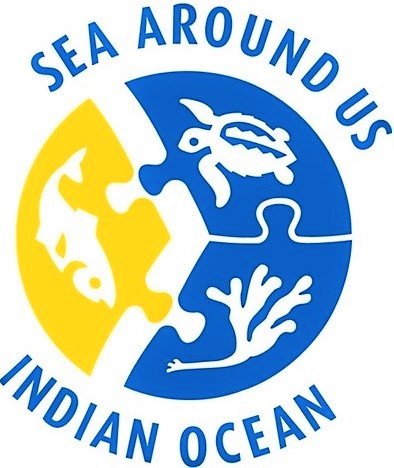Fisheries catch and revenue trends in African Large Marine Ecosystems
Fishing Boats and Ships in Berbera Port, Somalia.
New research by the Sea Around Us-Indian Ocean at the University of Western Australia, and the Sea Around Us and the Fisheries Economics Research Unit at the University of British Columbia builds on reconstructed catch and economic data to synthesize the main catch and landed value characteristics over the last 65 years generated by fisheries in the seven Large Marine Ecosystems (LMEs) that surround the African continent. The research illustrates which countries or geographic regions extract catches in each LME, with emphasis on African versus non-African fleets, examines potential fishing down the food web and time trends in the status of stocks, as well as presenting comprehensive fisheries economics data.
Marine fisheries catches from the LME waters surrounding Africa exhibit three distinct time periods over the last 65 years. Exponential growth between 1950 and the late 1960s, gradual increasing catch trend with variability in the 1970s until a peak catch of 19 million tonnes in 1988, followed by a declining catch trend in recent times.
Fishers revenues in the LMEs around Africa were ~US$2.5 billion in 1950, increasing rapidly to a maximum of ~US$44 billion in 1992, and declining to ~US$22 billion by the mid-2010s.
Fishing to capacity and overfishing is clear, with evidence of offshore fisheries development and signs of fishing down the food web with declining mean trophic levels of the catch.
The Canary Current LME accounts for 41% of overall total catches and 39% of landed value in recent years. In the 1970s and 1980s, catch from the Canary Current was caught to 50–60% by foreign vessels, this declined to 42% by the mid-2010s. However, reflagging to African flagged vessels with foreign beneficial ownership skews data and insights into the true benefits to local populations.
African countries should focus on developing, enhancing and improving international, multilateral fisheries monitoring and enforcement efforts particularly aimed at controlling foreign fishing.
Author comments
“Using the Sea Around Us database of reconstructed marine fisheries catches and indicators derived from the data, like the Marine Trophic Index, we reviewed the main catch features and landed values over the last 65 years generated by the fisheries in the seven Large Marine Ecosystems surrounding Africa,” said Prof Dirk Zeller, lead author of the study and director of the Sea Around Us – Indian Ocean at the University of Western Australia.
“The declining trend in most Large Marine Ecosystems is a cause of concern, as fish is a crucial economic resource and a major source of nutrients for coastal communities in these areas. The situation becomes more troublesome if we take into consideration that most industrial fleets operating around the continent are majority-owned by foreign companies, which means that non-African countries are just engulfing the little that is left,” said Prof Dirk Zeller, lead author of the study and director of the Sea Around Us – Indian Ocean at the University of Western Australia.
“In this study, we show that fishing down the food web has occurred at some point in virtually all Large Marine Ecosystems, and still occurring in three of them that make up the West Coast of Africa, namely the Canary Current, Guinea Current and Benguela Current Large Marine Ecosystems. This is a serious problem for both the domestic food security of these African countries and the global seafood supply driven by industrial and distant-water fishing fleets,” said Prof Daniel Pauly, senior author of the study and principal investigator of the Sea Around Us at the University of British Columbia.
Figure 1. Total reconstructed marine fisheries catches (A) and landed values (i.e., fishers' revenues) of total catches (B) in the seven Large Marine Ecosystems surrounding the African continent for 1950 to 2014. Note that the small African coastal area (north coast of Somalia and Djibouti) covered by the Arabian Sea LME is excluded here. Taken from Figure 2 in the paper.
Figure 2: Total reconstructed marine fisheries catches for the seven Large Marine Ecosystems surrounding the African continent for 1950 to 2014, by geographic origin of the fishing fleets. Note that the small African coastal area (north coast of Somalia and Djibouti) covered by the Arabian Sea LME is excluded here. Modified from Figure 3 in the paper.
Citation: Zeller D, Hood L, Palomares MLD, Sumaila UR, Khalfallah M, Belhabib D, Woroniak J and Pauly D (2020) Comparative fishery yields of African Large Marine Ecosystems. Environmental Development.
The publication can be found at doi:10.1016/j.envdev.2020.100543



